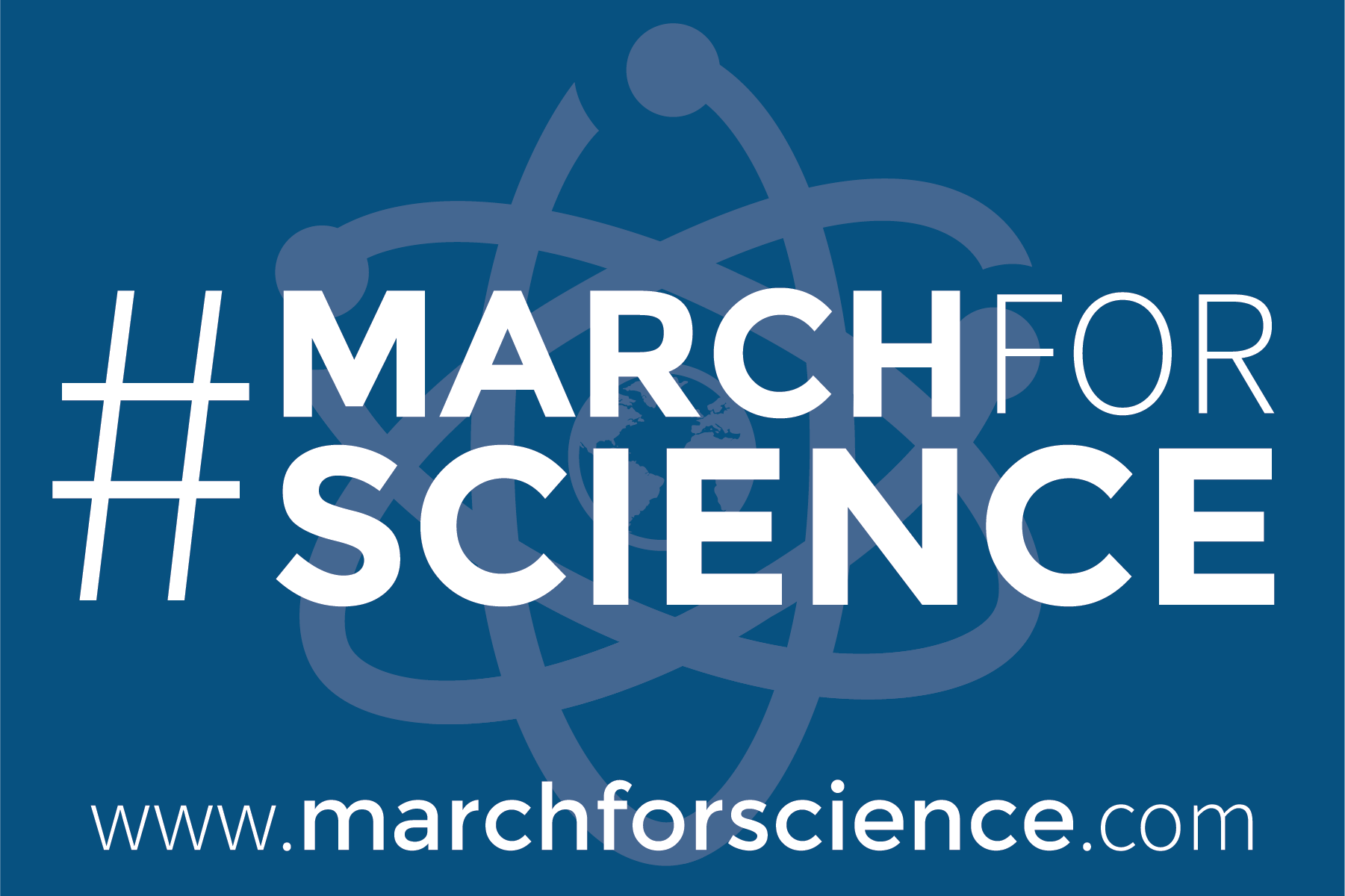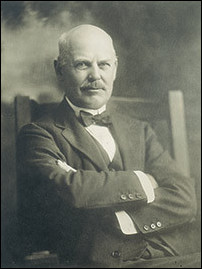 ECS is proud to partner with the March for Science, a global event with almost 400 satellite marches taking place on April 22.
ECS is proud to partner with the March for Science, a global event with almost 400 satellite marches taking place on April 22.
ECS has fully endorsed the March’s non-partisan, educational, and diversity goals and encourages its members to adhere to these values as they get involved in one of the numerous marches taking place throughout the world. You can help represent ECS at your march by using our #FreetheScience graphic on your signs.
And before you take to the streets on Earth Day, check out a few essential reads on the origins of the march and what those taking part hope to accomplish.
From the lab to the streets
Mother Jones sits down with the organizers of the march and look at the reasons behind the mobilization efforts, including pulling scientific funding, budgets cuts to science agencies, downsizing or outright eliminating science advisors in government, and roll backs of agency work based on public health research.
The organizers discuss their goals of championing more public engagement, evidence-based policies, and general science advocacy while balancing the over politicization of the field.
“I would actually argue that science is political,” Valorie Aquino, co-organizer of the march, tells Mother Jones. “Scientific integrity goes beyond one person eroding it. It hits across both sides of the aisle and people who aren’t necessarily affiliated with a political party at all.”


 ECS is pleased to announce the 11 award winners for the Society’s spring biannual meeting.
ECS is pleased to announce the 11 award winners for the Society’s spring biannual meeting. The discovery of an electric arc can be tied to the use of an electrochemical energy source. Sir Humphry Davy described in 1800 an electric discharge using electrochemical cells1 that produced what we would call a spark, rather than an arc. However, in 1808, using an electrochemical battery containing 2000 plates of copper and zinc, he demonstrated an electric arc 8cm long. Davy is also credited with naming the phenomenon an arc (Fig. 1). An electric arc was also discovered independently in 1802 by Russian physicist Vasily Petrov, who also proposed various possible applications including arc welding. There was a long gap between the discovery of the electric arc and putting it to use.
The discovery of an electric arc can be tied to the use of an electrochemical energy source. Sir Humphry Davy described in 1800 an electric discharge using electrochemical cells1 that produced what we would call a spark, rather than an arc. However, in 1808, using an electrochemical battery containing 2000 plates of copper and zinc, he demonstrated an electric arc 8cm long. Davy is also credited with naming the phenomenon an arc (Fig. 1). An electric arc was also discovered independently in 1802 by Russian physicist Vasily Petrov, who also proposed various possible applications including arc welding. There was a long gap between the discovery of the electric arc and putting it to use. ECS now has an app for your mobile device. Follow the latest research published in ECS journals, the newest Redcat blog posts, and get instant access to the ECS podcasts and videos all in one place. It also includes the meeting scheduler for the upcoming ECS biannual meeting.
ECS now has an app for your mobile device. Follow the latest research published in ECS journals, the newest Redcat blog posts, and get instant access to the ECS podcasts and videos all in one place. It also includes the meeting scheduler for the upcoming ECS biannual meeting. Ajit Khosla is a professor at Yamagata University in Yonezawa, Japan and a visiting professor at San Diego State University’s College of Engineering. Khosla’s work in the area of nano-microsystems has resulted in more than 100 scientific and academic contributions. Khosla has recently been named associate editor for the
Ajit Khosla is a professor at Yamagata University in Yonezawa, Japan and a visiting professor at San Diego State University’s College of Engineering. Khosla’s work in the area of nano-microsystems has resulted in more than 100 scientific and academic contributions. Khosla has recently been named associate editor for the  When a battery is used, electrically charged ions travel between electrodes, causing those electrodes to shrink and swell. For some time, researchers have wondered why the electrode materials – which are fairly brittle – don’t crack in the expansion and contraction styles.
When a battery is used, electrically charged ions travel between electrodes, causing those electrodes to shrink and swell. For some time, researchers have wondered why the electrode materials – which are fairly brittle – don’t crack in the expansion and contraction styles. On June 8, 2016, Yue Kuo, an ECS fellow and vice president of The Electrochemical Society, traveled to the Akasaki Institute at Nagoya University in Japan to talk with Isamu Akasaki, a Nobel Prize winner and ECS life member.
On June 8, 2016, Yue Kuo, an ECS fellow and vice president of The Electrochemical Society, traveled to the Akasaki Institute at Nagoya University in Japan to talk with Isamu Akasaki, a Nobel Prize winner and ECS life member. The
The  In April 1902, upon the conclusion of the Society’s first meeting in Philadelphia, the Society’s first president wrote the column below, which was printed in the Society’s first publication, explaining the rationale to form the American Electrochemical Society.
In April 1902, upon the conclusion of the Society’s first meeting in Philadelphia, the Society’s first president wrote the column below, which was printed in the Society’s first publication, explaining the rationale to form the American Electrochemical Society.